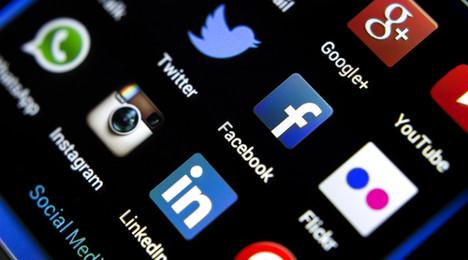How Regional Dealer Associations Transform Incentive Programs with Social

No question, social networks are transforming the way that auto marketers are communicating and engaging with consumers — from building brand advocates to creating viral and content marketing campaigns, to monitoring reviews of specific car dealerships.
While most auto marketer’s social orientation is towards fan engagement, and reputation management, social media is in fact, a viable platform for efficient and effective direct response campaigns that can quantifiably drive lower funnel actions with prospective auto buyers.
Within the social space, ad tech companies are leveraging technology to build unique marketing solutions specifically for the automotive industry.
Take regional car dealer associations, for example. In the past, auto marketers have been forced to run generic social media campaigns for their regional incentive offers. A social media user would see an ad to “Get a Deal on the official SUV of summertime adventure at the Summer Clearance Event” and link to a generic home page with copy that reads something like, “Current Offers and Leases on New Cars – Official Website.”
Users would then be taken to a generic landing page that asks them for their ZIP code before the customer is able to filter through the offers.
The problem with this kind of implementation is that it creates a lot of unnecessary steps and friction on the user experience, and prospective auto buyers leave and move on to other things.
In order to be more effective and successfully push out incentive offers, auto marketers need to be more personalized and streamlined with the creative messaging.
There are solutions that can target real individuals, allowing auto advertisers the ability to run specific localized deals, with messages that uniquely appeal to a specific consumer.
For instance, a subject like, “Check out the can’t miss lease offer on the official SUV of summertime adventures. $209 a month for 36 months with only $1,999 due at signing!”
The ad then links specifically to a product page, something like “2014 Honda CR-V,” with copy that reads, “Get this deal now at your local Chicagoland Dealer!”
The link then pushes to a unique landing specific to that offer from a specific, local dealership. The offer page spells out the details of the CR-V and includes the same offer pushed in the ad creative: “$209 a month for 36 months with only $1,999 due at signing.”
These social ads also include the necessary terms and conditions without losing consumers to interstitials.
Messages employing localized incentives help guide prospects to the next steps in the sales funnel better than generic messages that link to a carmaker’s generic website. These incentives are more likely to drive shoppers to the lot for a test drive.
Regional car dealer associations can also benefit from utilizing social platforms to deliver efficient direct response campaigns for pre-owned cars using this level of specificity in social media campaigns.
By sourcing content from an OEM, agency, or Cars.com, dealers can create promotions with specific landing pages and deliver them to targets based on custom DMAs and geography.These messages can measure intention against targeting sets in order to be dynamically distributed and optimized in their placements.
As in the previous example, these pre-owned promos can link to specific Tier 2 landing pages, which push the offer and encourage car buyers to the next phase in the funnel.
Social media is a great channel for dealers to reach in-market buyers, but the channel becomes much more of an effective tool when the seller can reach the consumer on a localized and personal level.
In this way, regional dealer associations are able to transform how incentives are promoted online.
Raj Choudhury is chief executive officer of BLiNQ Media.

 View The Latest Edition
View The Latest Edition

